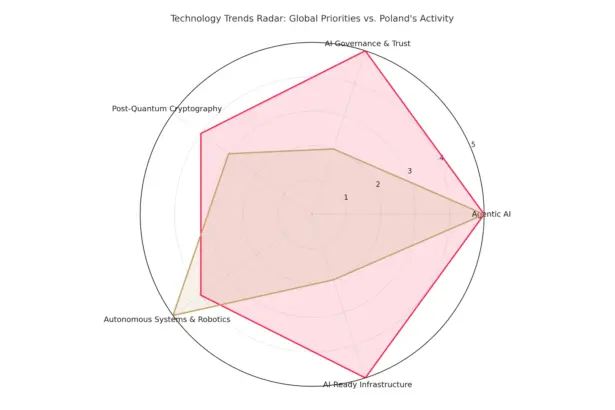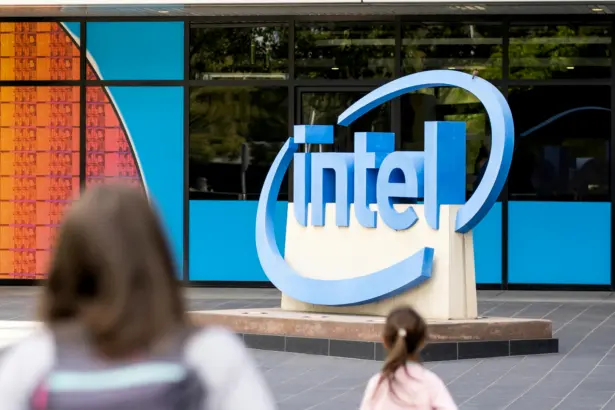Anthropic, a major player in the generative artificial intelligence market, has entered a new phase of growth. According to sources close to the company, the startup has reached annual sales of USD 3 billion – three times as much as it did as recently as December 2024. The rate at which revenues grew in the first half of 2025 (USD 1 → 2 → 3 billion in five months) may be the envy of even publicly listed SaaS companies.
What sets Anthropic apart is its customer profile and revenue streams. Unlike OpenAI, which still relies heavily on the consumer segment (ChatGPT subscriptions), Anthropic is growing rapidly by selling AI services to companies. The key lever here is proving to be code generation – a space that today, more than chatbots, translates into real savings and efficiencies in organisations.
Anthropic’s models are increasingly being used to automate coding, and this is translating into interest from corporate customers and integrators. In this sense, the company fits in with the needs of a market that is now looking for productivity rather than brilliance. There are even claims among investors that Anthropic could be the fastest-growing SaaS startup in history.
However, this does not mean that Anthropic directly threatens OpenAI. The two companies are increasingly clearly operating on separate ‘swim lanes’. OpenAI is attracting consumers, while Anthropic is attracting B2B customers. This separation of strategies may paradoxically help both players to consolidate their positions without the need for a costly confrontation.
Investor pressure is also growing in the background. Anthropic has raised USD 3.5 billion from giants such as Google and Amazon, which translates into a valuation of USD 61.4 billion. OpenAI, however, remains the undisputed leader, valued at up to USD 300 billion. The distance is significant, but the difference in strategy could see both companies gain their own dominance in other segments of the AI market.
For the industry, this sends a clear message: AI as a service is no longer an experiment and is becoming a viable revenue engine – and at a dizzying pace.










